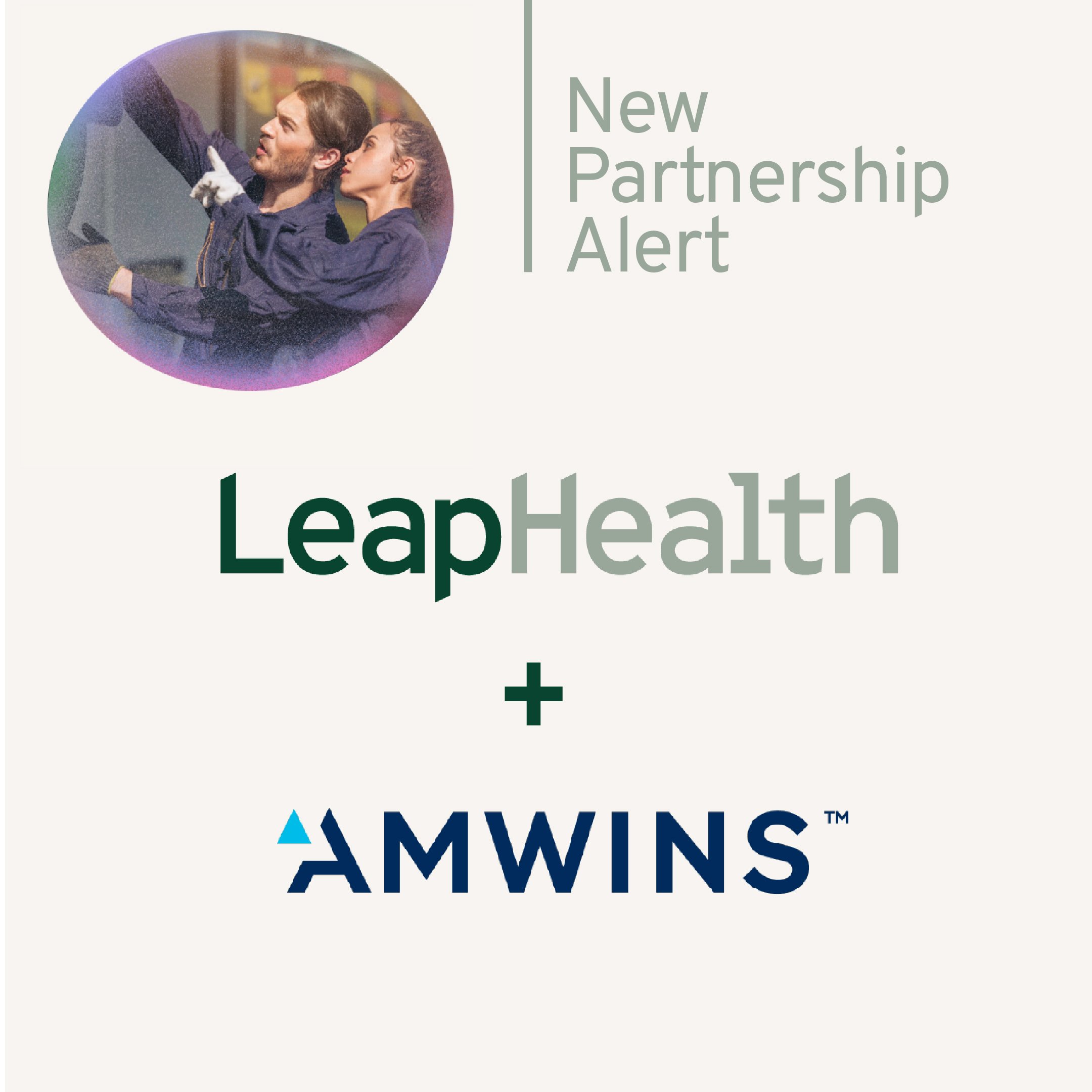Behind the exorbitant costs of infusion therapies, you’ll find layers of complexity—and three acronyms that confuse more than they clarify: ASP, AWP, and WAC. Here’s what they mean, who uses them, and why they’re all part of a broken system that drives up costs.
What’s the Difference?
Let’s break them down one at a time:
- Average Wholesale Price (AWP): Despite its name, AWP isn’t what anyone actually pays. It’s a benchmark price set by drug manufacturers that often reflects a 20–25% markup over what providers pay. AWP is still commonly used by insurers and pharmacy benefit managers as a reference point, but its inflated nature makes it a poor proxy for actual costs.
- Wholesale Acquisition Cost (WAC): WAC is the price a wholesaler pays to the manufacturer for a drug, not including discounts or rebates. It’s closer to a "list price" and is used for cataloging and forecasting. Like AWP, it often bears little resemblance to the true transactional price after all the deals are done.
- Average Sales Price (ASP): ASP attempts to reflect the real-world average price, including discounts and rebates. It’s calculated by the Centers for Medicare & Medicaid Services for Part B drugs and is often used in public reimbursement models. But ASP lags in time and doesn’t account for commercial market dynamics or the full impact of administrative markups.
Why Should Employers Care?
Because none of these models reflect what they actually pay.
When a provider purchases a drug under the traditional buy-and-bill model, they buy the drug (often at or below WAC), administer it, then bill the plan based on AWP or ASP plus a markup. In a hospital outpatient department, that markup can reach 500%. Even in an ambulatory infusion center, you’re still looking at 50% markups or more.
The result? Employers end up paying dramatically different prices for the same drug depending on where and how it’s administered, not what it’s worth.
Why the System Is Failing Employers
- No consistency: Pricing is opaque and varies wildly across settings.
- No control: Employers are locked into contracts they can’t negotiate.
- No value: Inflated markups aren’t tied to outcomes, they’re just added costs.
- No transparency: Employers don’t know what portion of the cost is the drug vs. the markup.
How Leap Health Does It Better
Leap Health replaces the outdated pricing models with a pass-through pricing approach. That means employers pay only the actual cost of the drug—no markups, no hidden fees, no surprises.
Here’s how it works:
- True drug cost only: No inflated charges based on AWP or ASP
- Home-based administration: Avoids high-cost hospital settings altogether
- Transparent pricing and coordination: Reduces infusion costs by up to 50%
- Improved adherence: Easier access means fewer missed treatments and better outcomes
The Bottom Line
AWP, ASP, and WAC were never designed to serve employers - the ones who ultimately pay the bills. It’s time to move beyond legacy pricing systems that obscure costs and reward inefficiency. Leap Health offers a smarter solution that’s aligned with both cost savings and employee well-being.




